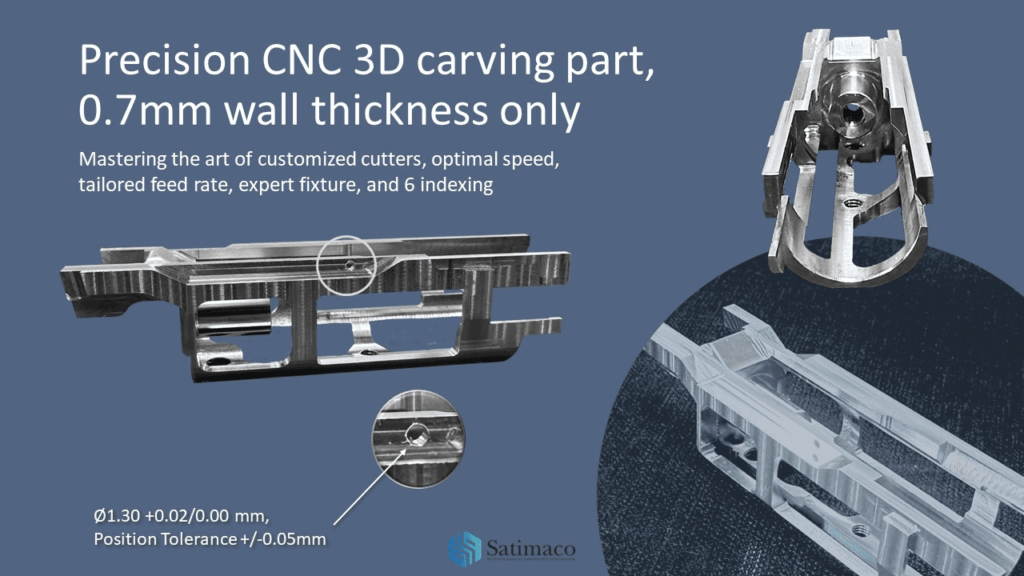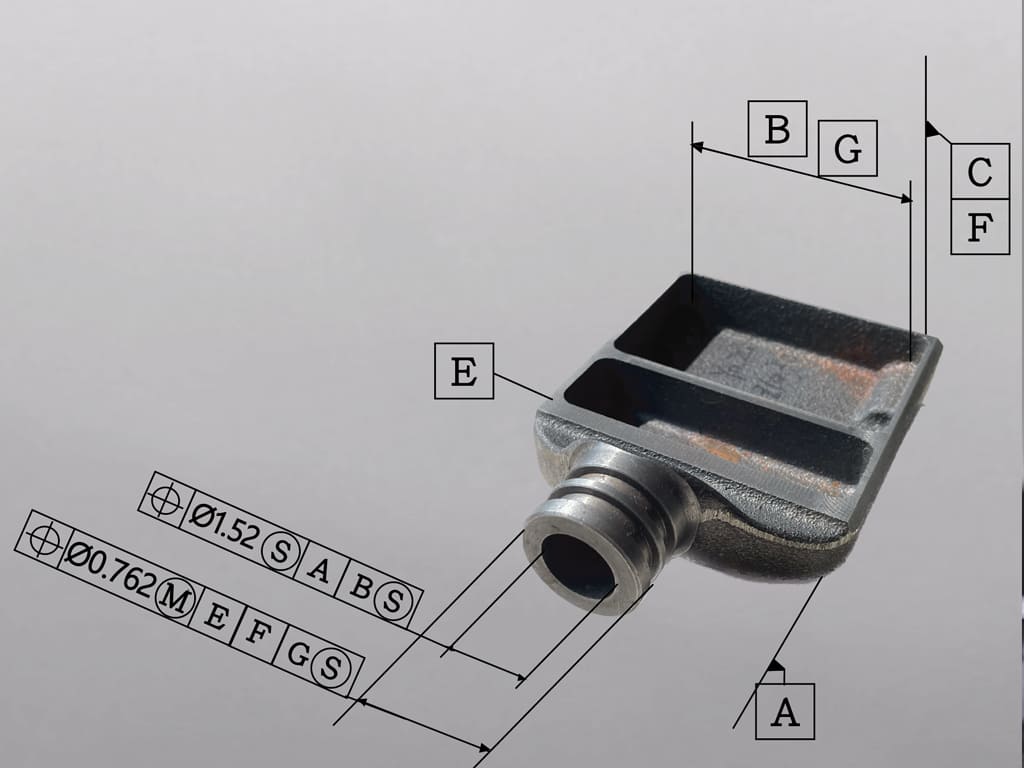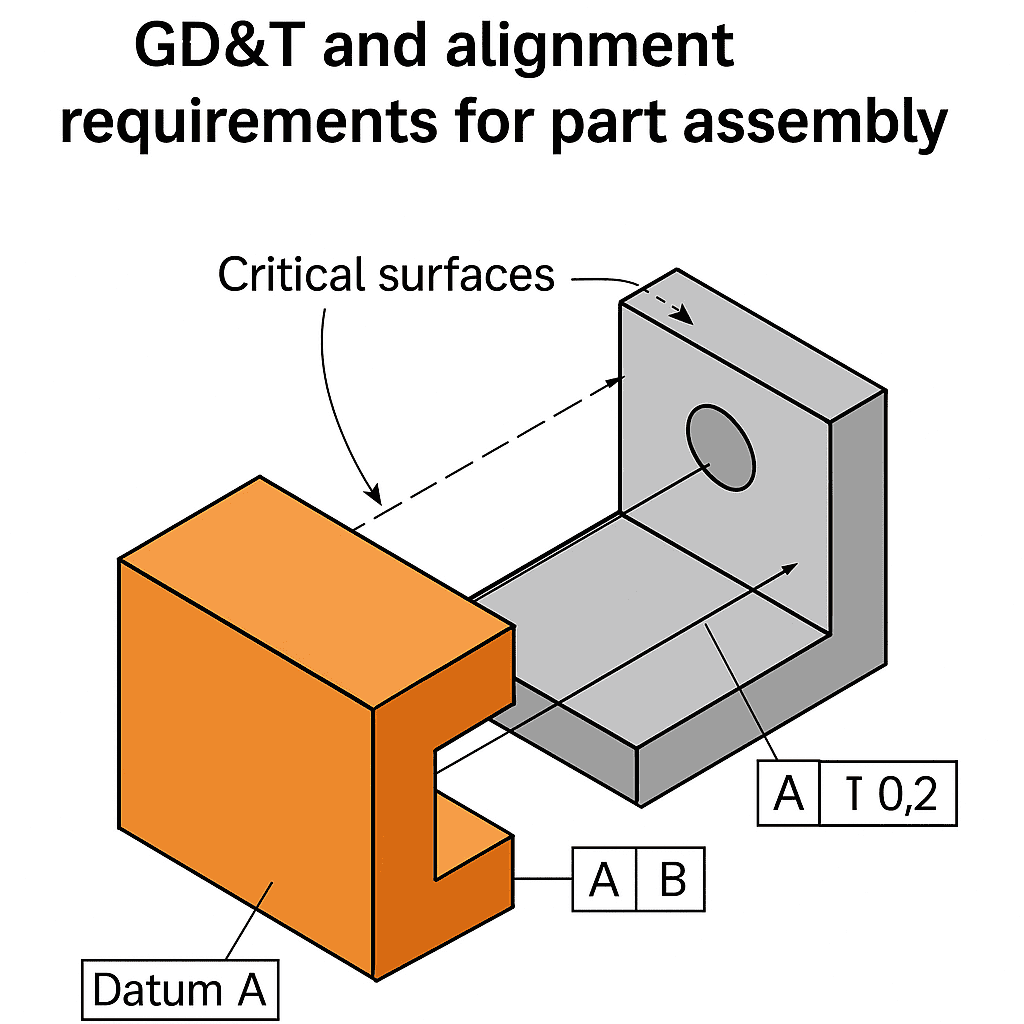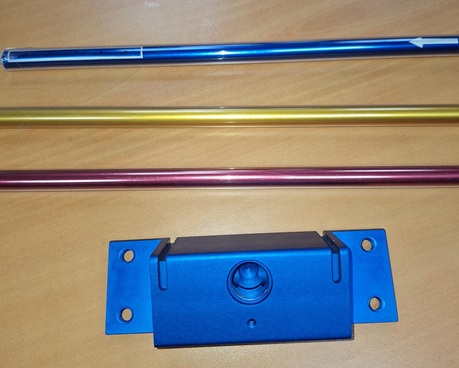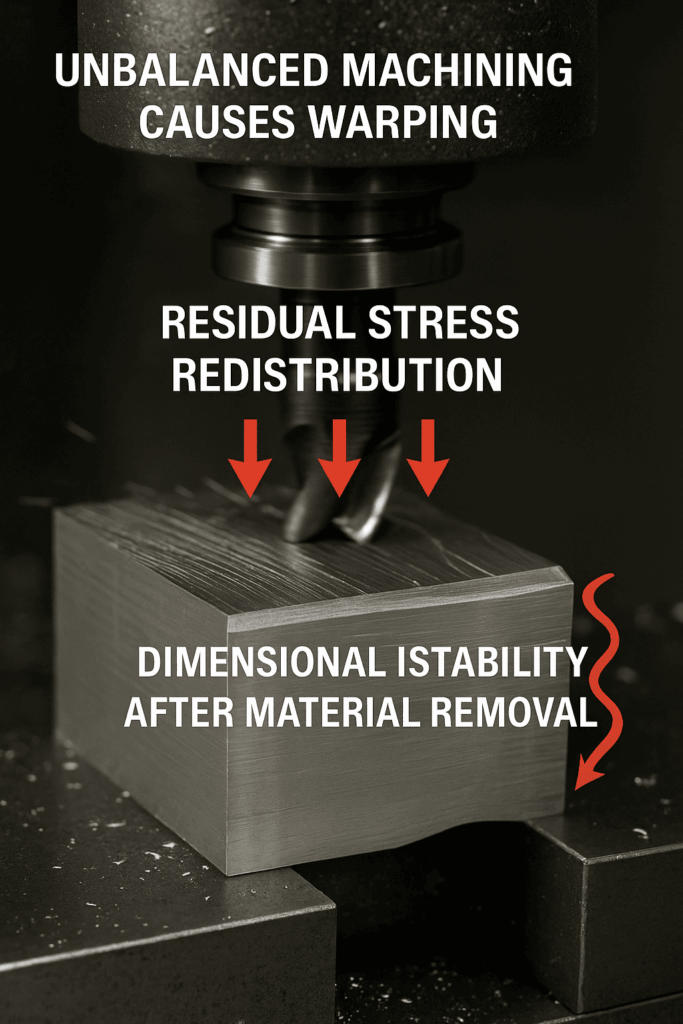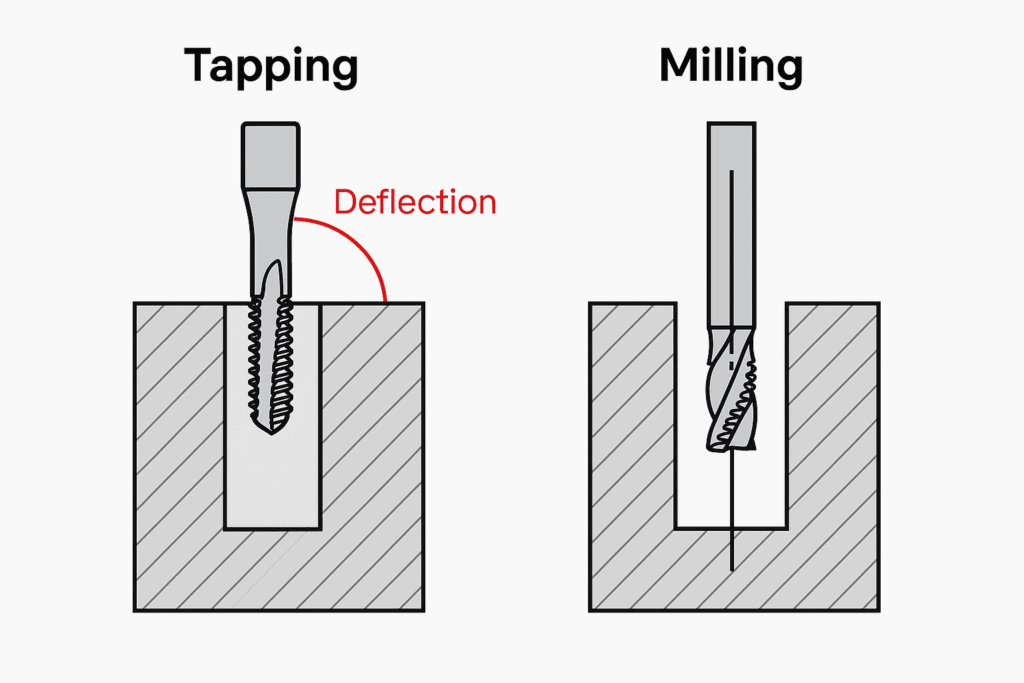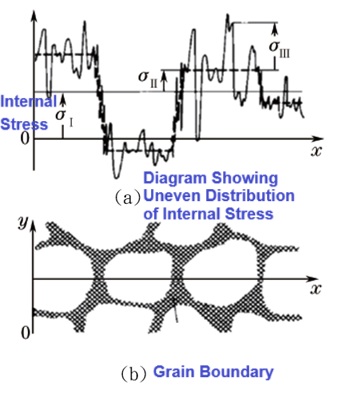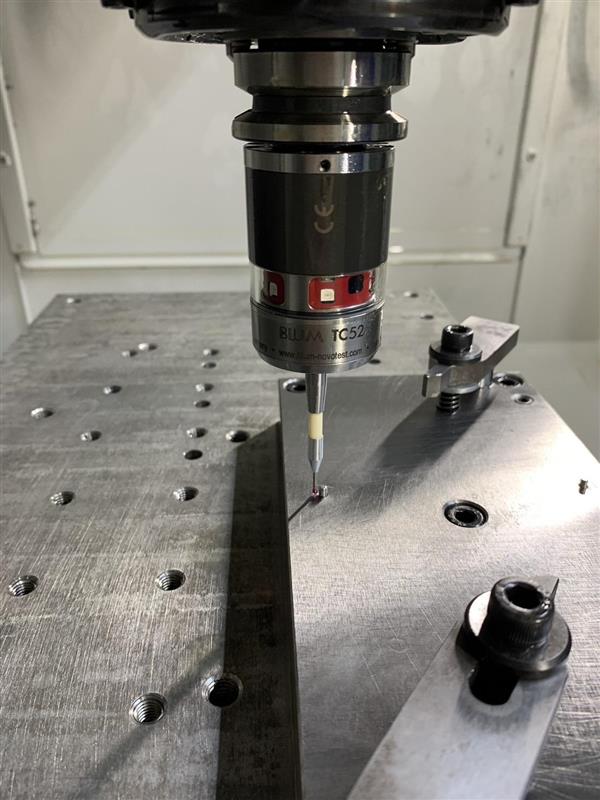Stainless Steel Surface Finish for 48-Hour Salt Spray
For stainless steel products, it’s easy to assume corrosion performance is “built in.” Our recent project proved the opposite: surface preparation choices can make or break salt spray results—even when the base material is 304 stainless steel. This post shares a real case we worked through, what went wrong, what we changed, and the practical […]
Stainless Steel Surface Finish for 48-Hour Salt Spray Read More »

